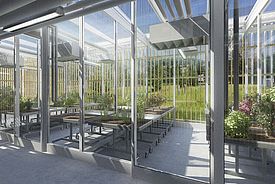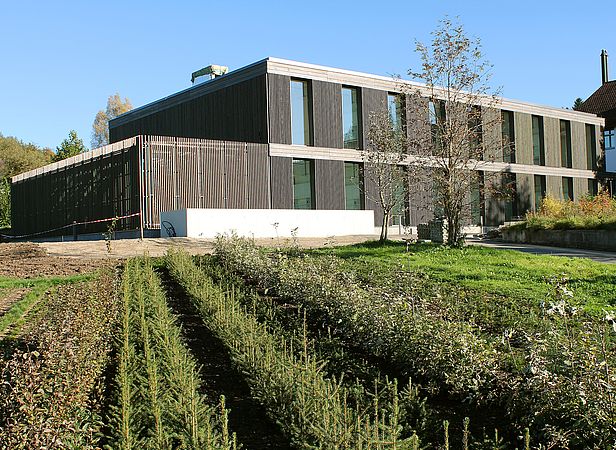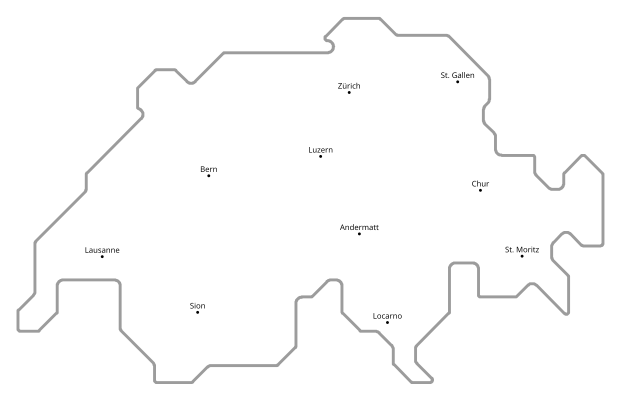Together with the Federal Office for Agriculture (FOAG) and the Federal Office for the Environment (FOEN), WSL operates a laboratory at its headquarters in Birmensdorf where harmful organisms for wood and shrubs can be diagnosed and control measures safely researched.

In the laboratory, alien organisms with a potential harmful effect on plants can be examined, the introduction and spread of which is to be prevented throughout Switzerland. These include insects, bacteria, fungi, viruses and nematodes. Depending on the type and level of damage that these organisms can cause to healthy humans, animals and plants, they are classified into different risk groups:
- Group 1: Organisms naturally dispersed through Switzerland
- Group 2: Quarantine organisms already in Switzerland
- Group 3: Quarantine organisms that have either not yet reached Switzerland or only occur locally.
Any activities involving organisms in Groups 2 and 3 require special safety infrastructure. So both the building itself and the working procedures adopted there are designed to prevent any living organisms from escaping into the wild. In the new laboratory the WSL diagnoses and conducts research on harmful organisms in the risk groups 1 through 3. The species in question include insects, bacteria, fungi, viruses, and threadworms (nematodes), both inside and outside the forest.
Examples of dangerous organisms include the Asian longhorned beetle, the chestnut gall wasp, and ash dieback fungus.

Enhanced diagnostic and research facilities
The aim is to systematically combat and prevent the spread of harmful organisms in our ecosystems. Today, together with Swiss Forest Protection, the WSL is already running a Competence Center for Forest Protection and not only diagnosing damage caused to forest plants, but also carrying out phytosanitary research. In addition, the WSL advises forestry associations and businesses, forest services, and also Switzerland's federal and cantonal bodies and authorities. In the past the WSL's capabilities in this regard were limited, but the new plant protection lab enables it not only to identify problems, but also conduct extensive research on plant pests, investigating several organisms simultaneously. Reference cultures can be bred in the lab, and pests and infested plants can be kept there safely. On this basis, the WSL can develop methods for combating harmful organisms.
The laboratory's facilities are primarily for use by the Swiss Forest Protection, phytopathology and mycorrhiza research groups.
